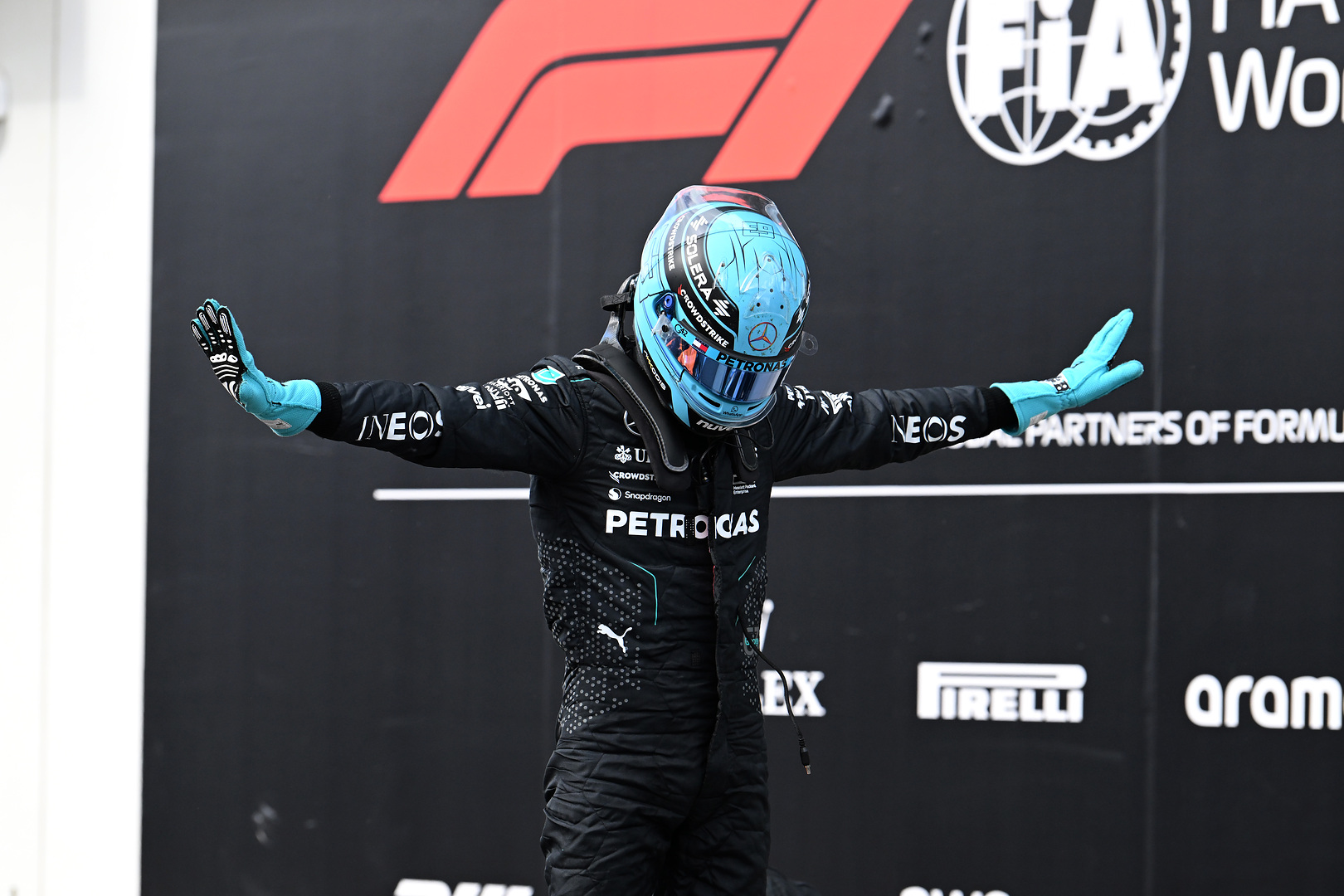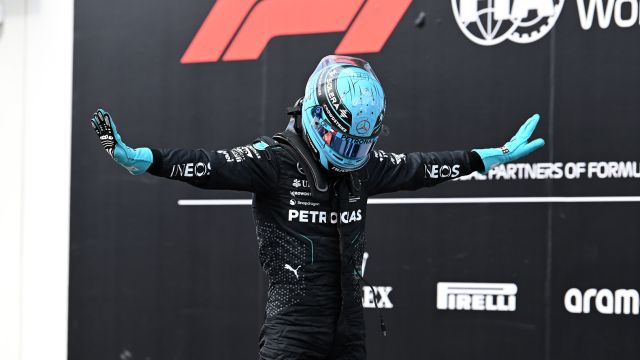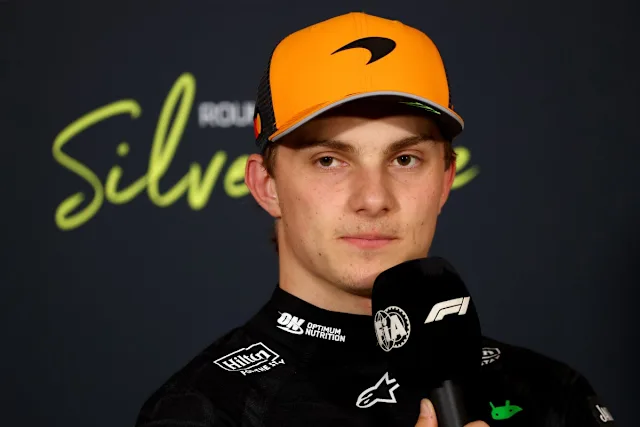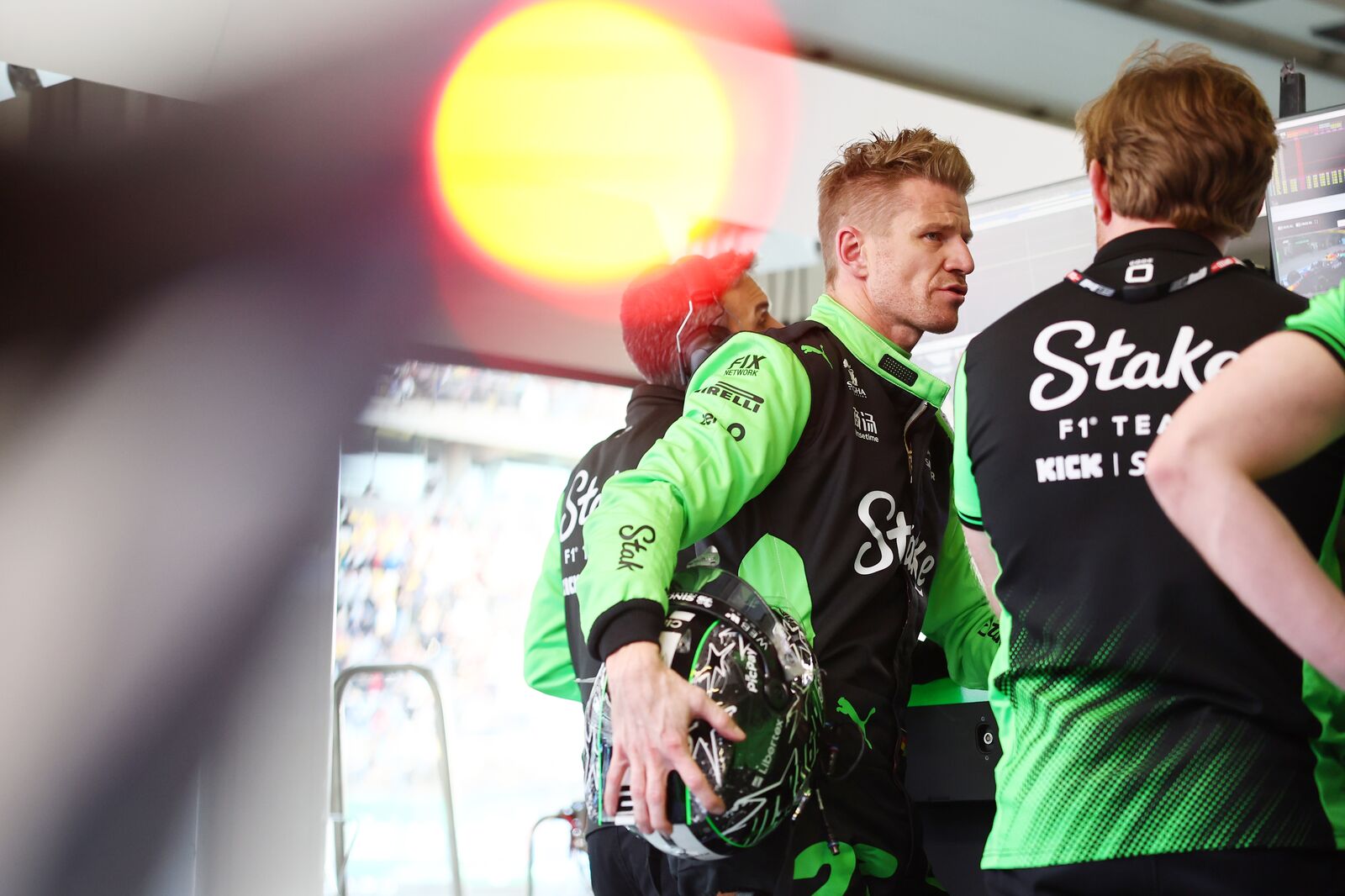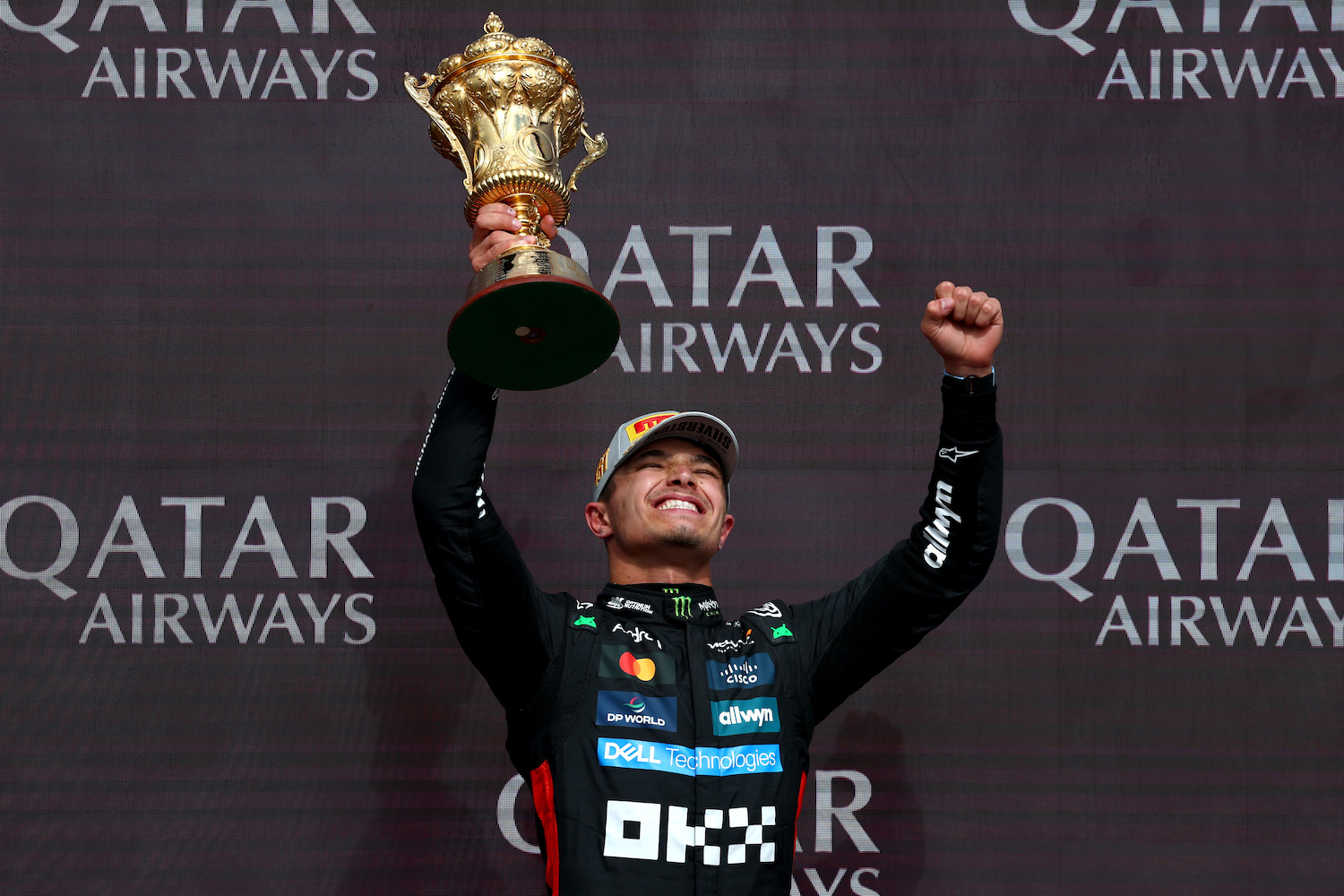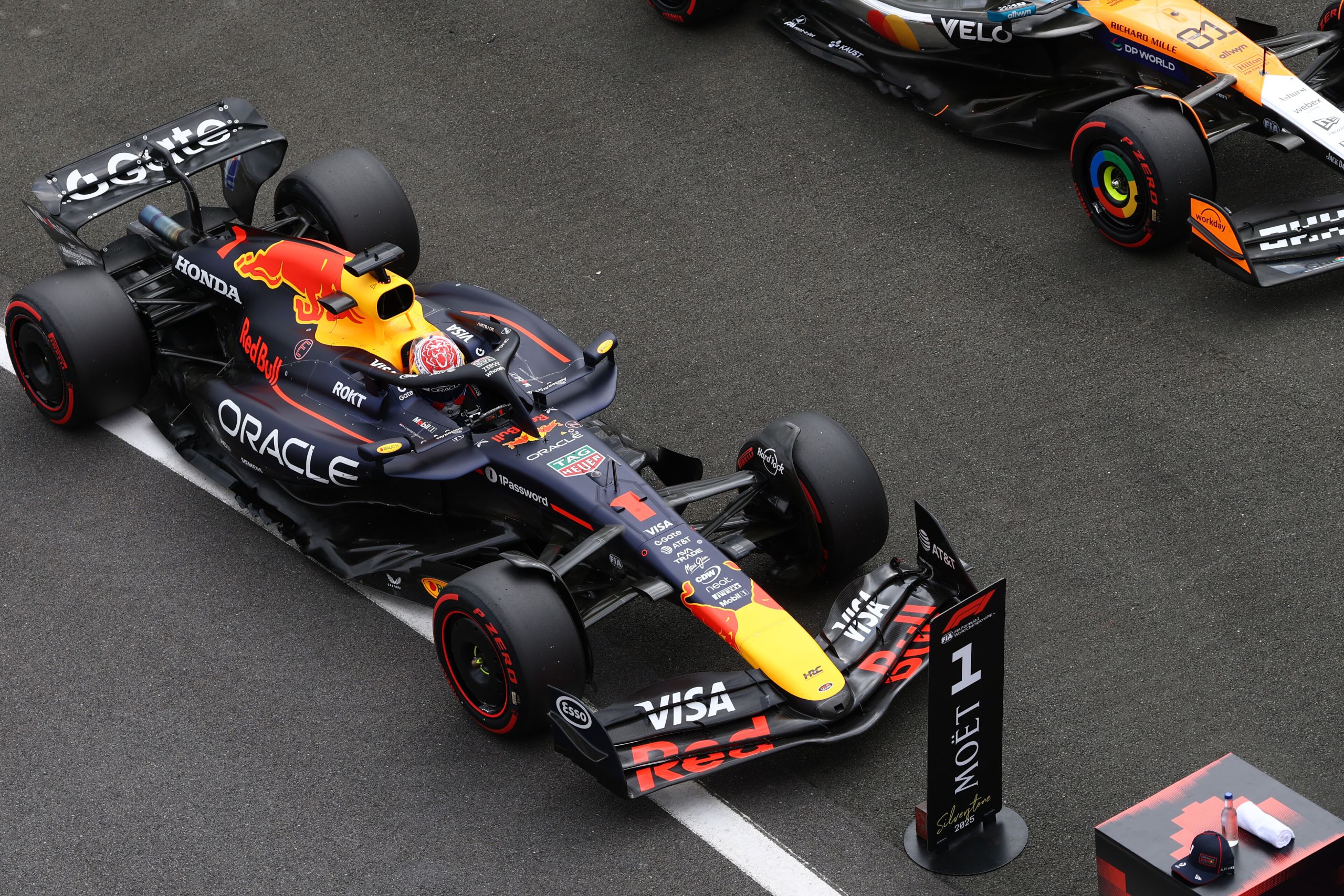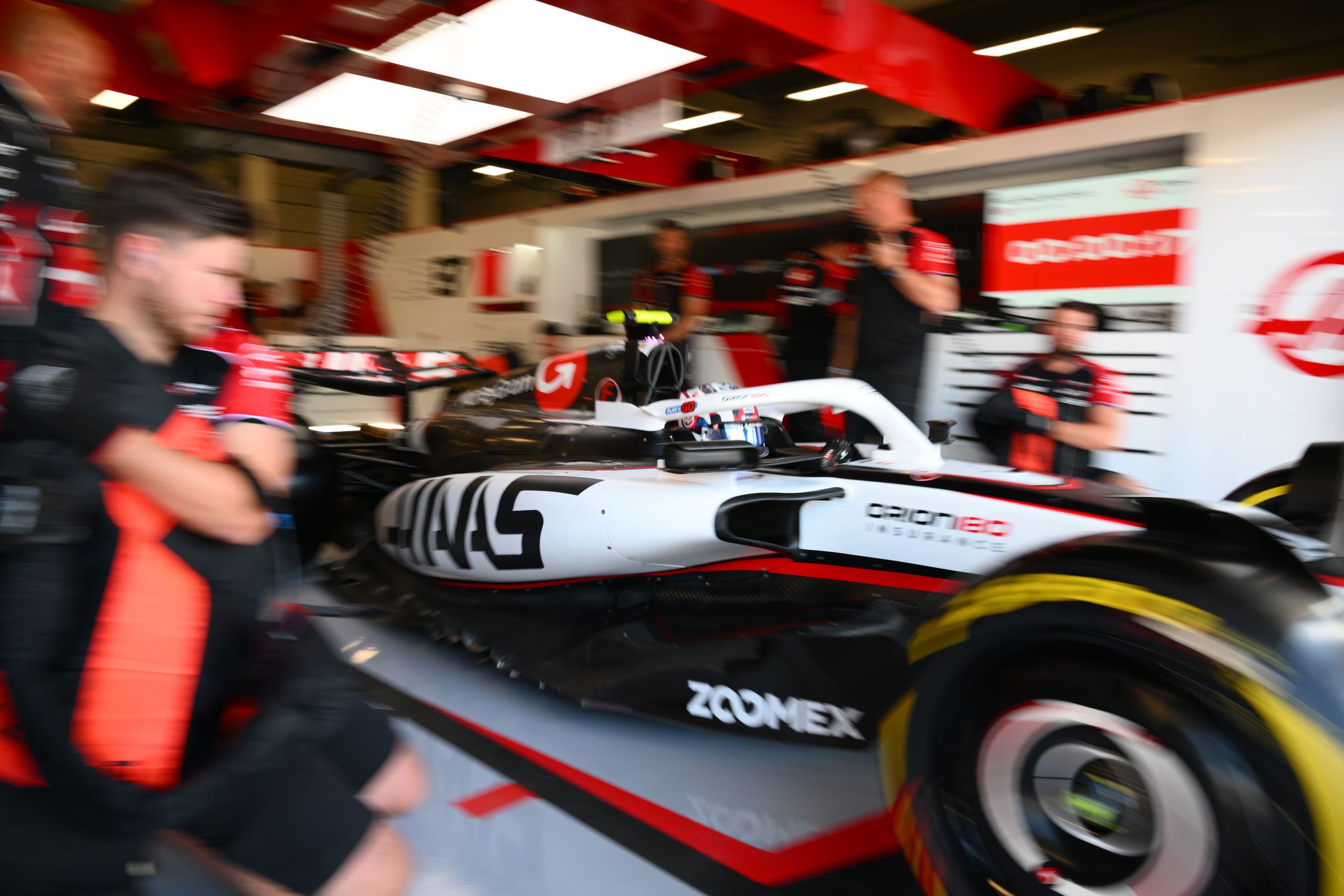George Russell will start tomorrow’s Canadian Grand Prix from pole position. The Mercedes driver was quickest of all, courtesy of his Q2 time of 1’11”742 but in the Q3 session to decide the top ten places on the grid, he actually lapped in exactly 1’12 seconds, a time matched by Max Verstappen, but Russell takes the number one grid slot by virtue of having been first to set the time. Before the event, it would have seemed an unlikely achievement but it began to look ever more likely as the weekend progressed. Third was Lando Norris, just 21 thousandths slower than the front row pair.
This is Russell’s second-ever pole, following on from the one at the Hungaroring in 2022. In fact, last year a Mercedes was on pole in Hungary, this time with Lewis Hamilton receiving the Pirelli miniature tyre award and today is the Anglo-German team’s 138th pole, its sixth here in Montreal.
‘It’s been a great day! It was such a tight fight for pole position. The previous few races I’ve been a matter of hundredths of a second behind the car ahead, so it’s nice to be on the upside of that today! In the end, Q3 was difficult. I did my best lap of the session in Q2, and I didn’t improve on my last lap in Q3. I wasn’t sure therefore whether I had taken pole position as I crossed the line. The new tyre is usually worth three to four tenths of a second but thankfully, my first run on the used tyre was good enough for P1.
‘The car has been so good this weekend. Everyone at Brackley and Brixworth has been working so hard to bring updates and performance. This hard work is now translating into results which is fantastic to see. It’s only been two races and on unique circuits, but the steps we’ve taken to get closer to the front are encouraging. Let’s see what we can do tomorrow now. We will be aiming for victory but there are plenty of unknowns with this new surface and the weather. I’m feeling confident in the car and in myself though so bring it on!’ said Russell.
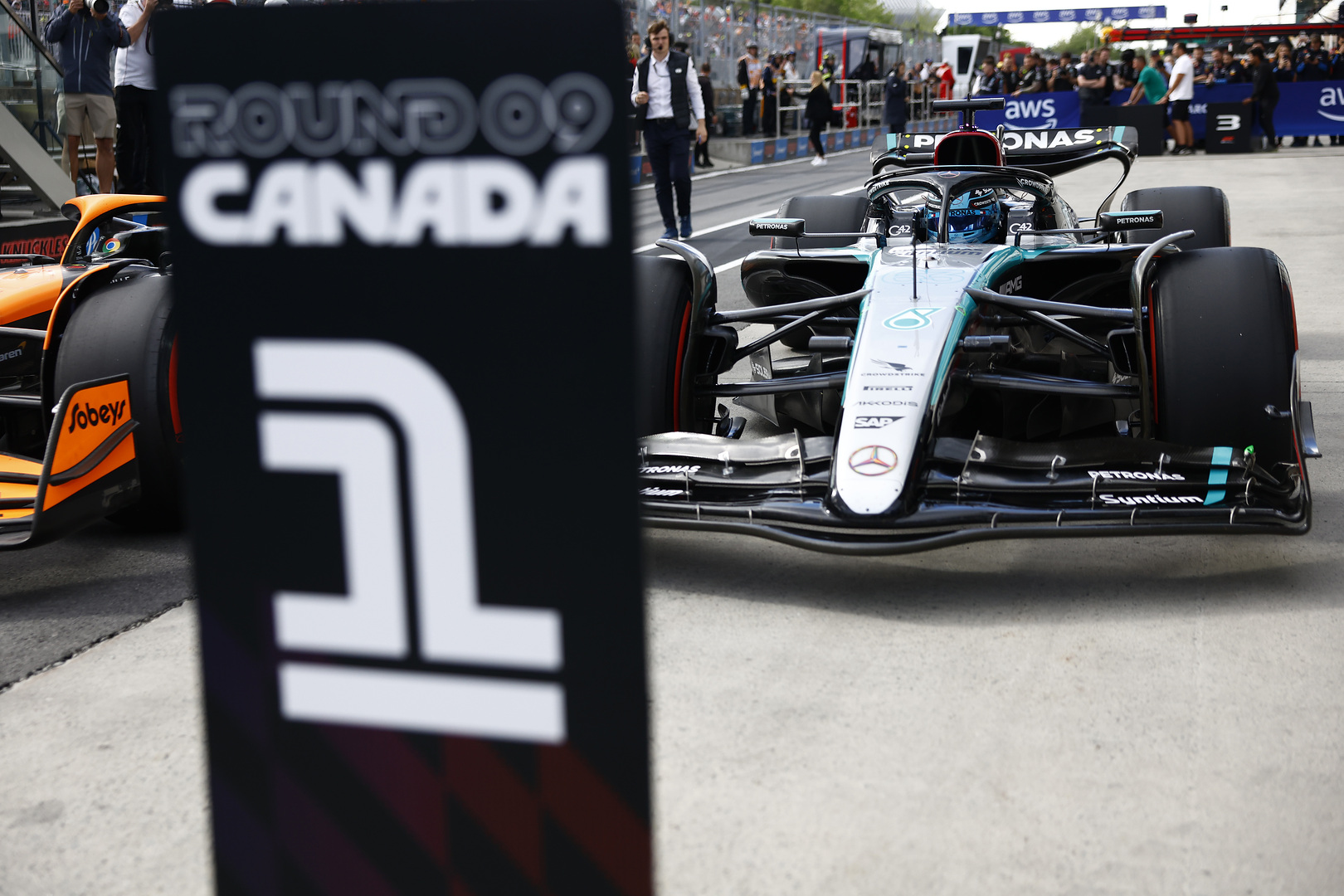
The third free practice session was very busy, as it was the first time this weekend that the track was dry throughout the 60 minutes, allowing the teams and drivers to make up, at least in part, for time lost yesterday. Track conditions improved progressively and quickly, with times coming down until they were within less than a second of the predicted pole position based on simulations prior to the event (1’11”7). Most of the work was done using the two softest compounds, with teams carrying out several long runs with a heavy fuel load on the Medium while obviously favouring the Soft for performance runs.
Qualifying got underway on a dry track and even though there were a few drops of rain in the second part, it was not enough to require the use of wet weather tyres. The threat of a downpour weakened the closer the rain got to the circuit and so it didn’t cause any problems during the session. The uncertainty over what the weather had in store meant that the teams and drivers tried to make the most of every segment of the session, doing longer runs than they would in normal conditions.
Mario Isola – Pirelli Director of Motorsport
“It was a very closely contested qualifying from start to finish with the times being incredibly close, evidenced by the fact that the two quickest drivers set identical times, while the top ten featured drivers from six different teams. So far, the weekend has been affected by changing weather conditions and everything would suggest that this will also be the case tomorrow. Even though all of today’s running took place on a dry track, there was still only a very limited amount of data gathered, given that the teams were only able to do long runs in the third free practice sessions.
“As expected, the track which has been completely resurfaced since last year, is still very green and therefore we saw very obvious evolution. This also led to significant graining, particularly with the Medium, which is the compound that almost everyone used for long runs. Therefore, it is increasingly likely that, if we have a dry race, the most effective strategy is a two-stop, the predominant choice being to use two sets of Hard tyres and that explains why seven teams still have two sets available for each driver. The one-stop strategy, using a combination of Medium and Hard, is possible on paper, but it’s very marginal. It’s not impossible that someone might try to start the race with this in mind, while retaining the flexibility to switch to a two-stop.”

